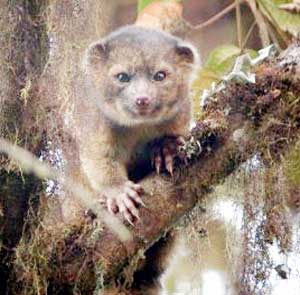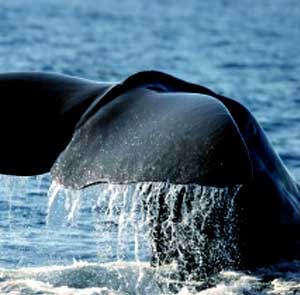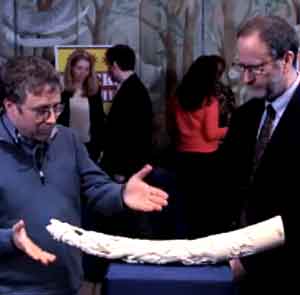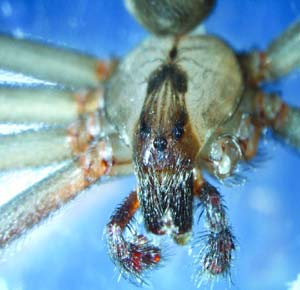Syracuse: An appealing carnivorous mammal, a 12-meter-tall tree that has been hiding in plain sight and a sea anemone that lives under an Antarctic glacier are among the species identified by the SUNY College of Environmental Science and Forestry’s (ESF) International Institute for Species Exploration (IISE) as the top 10 species discovered last year.
Read More





















